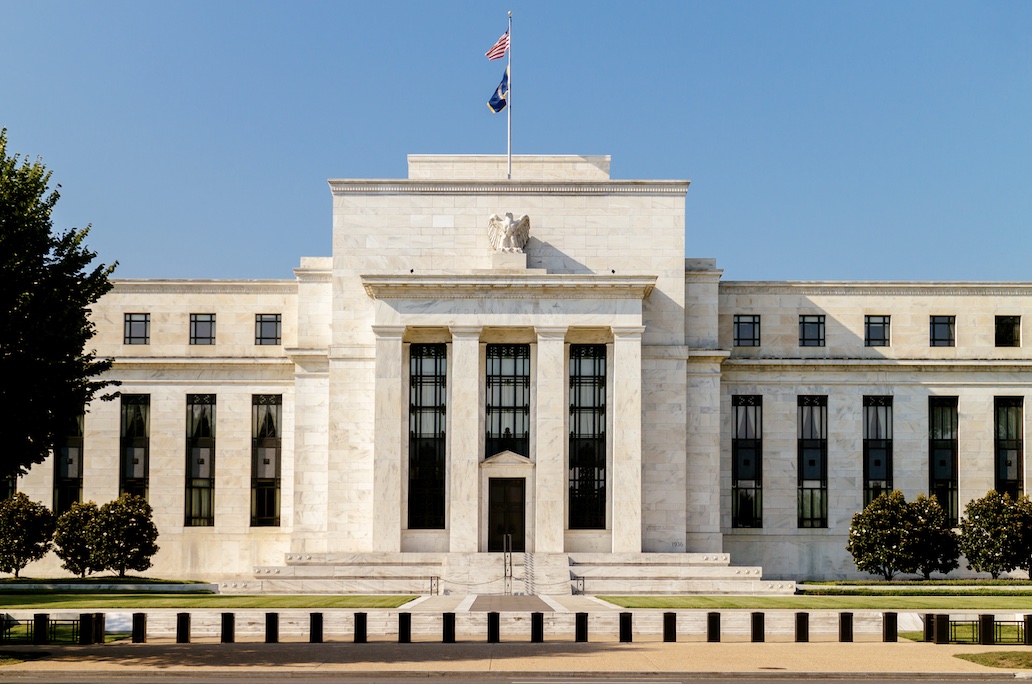|
Last week, the US Federal Reserve announced that they’d begin to lift the lockdown on bank buybacks and limitations on dividends after results of the central bank’s latest stress test were broadly positive. The Fed found that, under two hypothetical scenarios with severe global recessions, large banks would have more than $600 billion in combined total losses, but their capital ratios would fall from 12.2% on average to 9.6% in the more severe scenario, still more than double the 4.5% minimum. All of the banks’ risk-based capital ratios would stay above the minimum threshold, even in the event of a longer-lasting downturn.
Just 10 minutes after the Fed’s announcement, JPMorgan was first in line to announce their plans to repurchase $30 billion worth of shares in 2021. Morgan Stanley announced plans to buy up to $10 billion worth of shares. Goldman Sachs Group Inc. also signaled they’d be buying back shares in 2021 but did not specify a dollar amount.
While that news sent financials soaring, those repurchase programs will have to be rolled out gradually as some regulatory limits remain in place. As the Wall Street Journal notes, dividends and buybacks together are not to exceed banks’ average quarterly income over the preceding four quarters. That leaves about $11 billion on deck to potentially be repurchased in the first quuarter of next year.
Bloomberg notes that buybacks will probably increase throughout 2021 as the Fed’s formula means banks’ large loan losses booked in the first half of 2020 will fade from earnings calculations as the year goes on.
Repurchases will be key to bolstering bank shares in 2021 as loan growth is faltering, especially relative to a continuing surge in deposits. Capital cushions are expected to grow even bigger next year, WSJ notes. A combination of good credit performance spurring reserve releases and tepid loan growth is generally a formula for bumping up capital ratios which, in turn, means return on equity could lag behind profit growth.
In light of that, valuations on some of the largest financial institutions do remain at reasonable levels – especially when compared to rapidly rising multiples in other sectors. Goldman’s 9.9 forward price to earnings multiple, which compares its trading price to analyst expectations for earnings per share for the next 12 months, is well below the industry median of 12.9, according to Refinitiv. Morgan Stanley’s 12.3 multiple also lags the median.
Fitch Ratings has revised its Sector Outlook for U.S. banks to Stable from Negative for 2021 reflecting expected improvements in economic conditions in 2021. Though approximately 60% of US bank ratings carrying a Negative Outlook from Fitch, fundamentals have largely held up better than their baseline and downside scenarios, suggesting more widespread downgrades are less likely.
Of critical importance to banks will be a recovery in the profitability of their loan portfolios. Net interest income (profits made through banks’ lending arms) fell the most on record through the third quarter as the coronavirus dragged on margins, the Federal Deposit Insurance Corporation said last month.
Lending profits fell by 7.2%, or $10 billion, to $129 billion from the year-ago quarter, marking the fourth straight quarter of declines. It hasn’t so much been losses they’ve been taking on loans – rather, the absence of loan growth altogether has depressed profits. In fact, loan-loss provisions declined by $47.5 billion in the quarter.
Despite that, banks have managed to keep overall profitability afloat. As Business Insider notes, net profits across the sector climbed to $51.2 billion in the third quarter, up from $32.4 billion in the quarter prior. The sum is still down $6.2 billion from the year-ago period, but a pickup in lending activity could send those earnings crashing through those 2019 levels within the first half of 2021.
A steeper than expected US yield curve through 2021 would be a particularly bullish prospect for banks, enabling them to borrow money at lower interest rates and lend at higher rates.
In its vision for key global 2021 investment themes, Goldman Sachs forecasts that 10-year Treasury yields will reach 1.3% by the end of next year, from about 0.92% now. Meanwhile, they foresee two-year yields just inching up from their present 0.12% level to 0.25%. That means the bank sees roughly 25bps of steepening for the 2 to 10-year curve – now at about 80bps.
“As the economic recovery consolidates next year, we expect to see more differentiation across the curve, with policymakers committing to keeping front-end rates low, but higher expectations for real growth and inflation driving long-end rates higher,” Goldman strategists including Zach Pandl wrote in the report, released Tuesday and cited by Bloomberg.
MRP shares a similar view of inflation in the coming year, noting in our November Viewpoint report that a broader recovery than expected, combined with an unchecked rise in inflation, should cause longer rates to rise and steepen the curve. In August, the Fed formally agreed to a policy of average inflation targeting, meaning it will allow inflation to run “moderately” above the Fed’s 2% goal “for some time” before taking action on rates. This represents the Fed’s biggest change to its operating framework since 2012 when the 2% target was adopted.
|


Leave a Reply